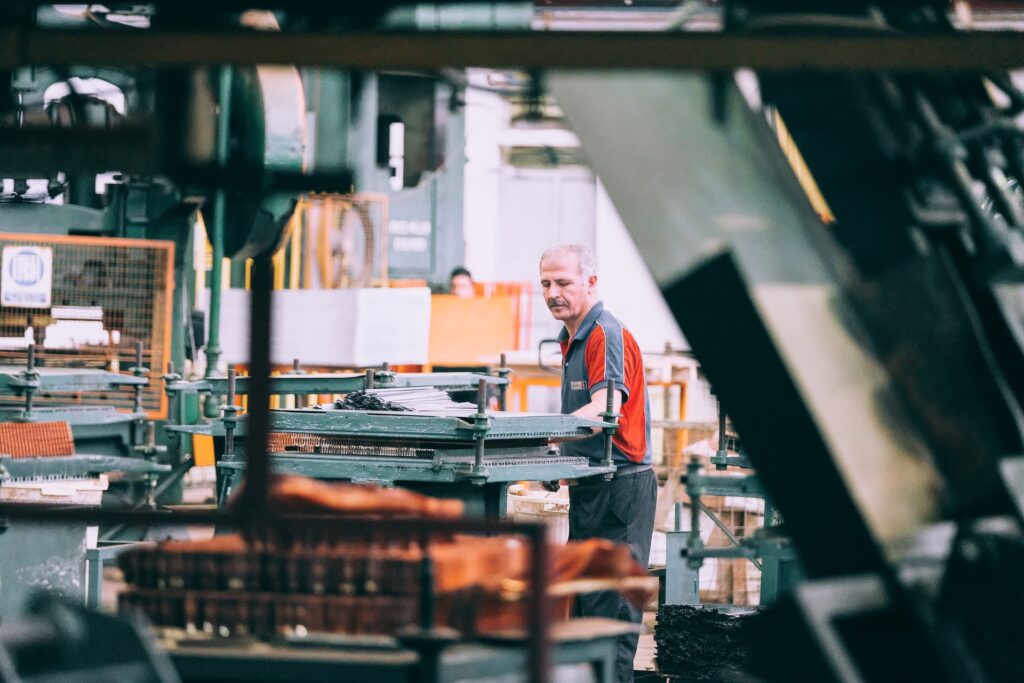
In the world of manufacturing and metalworking, precision and efficiency are key factors that drive innovation and quality. Among the companies at the forefront of this industry is Malton Laser, a name synonymous with cutting-edge sheet metal fabrication. With a rich history and a commitment to technological advancement, Malton Laser has revolutionized the field, offering a wide range of services and capabilities. In this article, we will delve into the world of Malton Laser, exploring its history, services, technological advancements, and its enduring impact on the sheet metal fabrication industry.
I. History and Evolution
Established in 1968, Malton Laser is a family-owned company with a rich history deeply rooted in the world of manufacturing. The company’s journey began with a focus on traditional sheet metal fabrication techniques, but it quickly recognized the need to adapt to changing technological landscapes. Over the decades, Malton Laser has grown and evolved, embracing new technologies to meet the demands of its clients and the industry at large.
Key Milestones:
- Foundation and Growth: Malton Laser was founded in Malton, North Yorkshire, and initially served local manufacturing industries. Its commitment to quality quickly garnered a reputation for excellence.
- Introduction of Laser Cutting: In the 1980s, the company introduced laser cutting technology, marking a significant shift in its capabilities and setting the stage for future advancements.
- Expanding Services: Malton Laser expanded its services to include metal folding, welding, powder coating, and assembly, providing comprehensive solutions for its clients.
- Technological Advancements: The company invested in state-of-the-art laser cutting machines, CNC press brakes, and CAD/CAM software to stay at the forefront of precision sheet metal fabrication.
II. Services and Capabilities
Malton Laser’s comprehensive range of services has made it a one-stop destination for sheet metal fabrication needs. Its commitment to excellence is reflected in the services it offers.
1. Laser Cutting: Malton Laser utilizes cutting-edge laser cutting technology to achieve high precision, clean cuts, and intricate designs in various materials, including steel, aluminum, and stainless steel.
2. Metal Folding: The company offers precision metal folding services, ensuring that the finished product meets exact specifications and requirements.
3. Welding and Fabrication: Malton Laser provides welding and fabrication services, delivering structurally sound and aesthetically pleasing products.
4. Powder Coating: To enhance the durability and appearance of fabricated products, Malton Laser offers powder coating services in various colors and finishes.
5. Assembly: From individual components to fully assembled products, the company provides assembly services to simplify the manufacturing process for clients.
6. Design and Prototyping: Malton Laser’s in-house design and prototyping capabilities allow clients to visualize and refine their ideas before production.
7. Quality Control: The company has a rigorous quality control process to ensure that every product meets industry standards and client expectations.
III. Technological Advancements
One of the hallmarks of Malton Laser’s success has been its commitment to staying at the forefront of technological advancements in sheet metal fabrication. The company continuously invests in cutting-edge machinery, software, and training to ensure it can meet the evolving needs of its clients.
1. Laser Cutting Technology: Malton Laser’s investment in advanced laser cutting machines has allowed for increased precision, speed, and versatility in sheet metal cutting. The technology is capable of handling complex designs and thin materials with finesse.
2. CNC Press Brakes: The company employs CNC press brakes for accurate and repeatable metal folding, catering to the demands of clients who require intricate bends and precise angles in their products.
3. CAD/CAM Software: Malton Laser uses Computer-Aided Design (CAD) and Computer-Aided Manufacturing (CAM) software for efficient design and production processes. This software allows for precise modeling and prototyping, reducing lead times and minimizing errors.
4. Environmental Sustainability: The company is committed to sustainable manufacturing practices, incorporating environmentally friendly processes and materials into its operations. This includes efficient waste management and responsible sourcing.
5. Training and Expertise: Malton Laser invests in its workforce, ensuring that its team is well-trained and equipped to operate cutting-edge machinery and deliver high-quality results. This commitment to expertise is a cornerstone of the company’s success.
IV. Impact on the Industry
Malton Laser’s commitment to excellence and technological advancement has had a significant impact on the sheet metal fabrication industry. The company’s contributions extend beyond its services and capabilities.
1. Setting Industry Standards: Malton Laser has set high standards for precision, quality, and innovation in sheet metal fabrication. Its work serves as a benchmark for the industry.
2. Technological Advancements: The company’s investment in cutting-edge technology has driven industry-wide improvements in efficiency, accuracy, and customization.
3. Expanded Capabilities: Malton Laser’s diverse range of services has encouraged other businesses in the sector to broaden their offerings, providing clients with more comprehensive solutions.
4. Sustainability Initiatives: The company’s commitment to environmental sustainability has prompted a growing awareness of eco-friendly practices within the industry, fostering a greener approach to manufacturing.
5. Training and Development: Malton Laser’s emphasis on employee training and development has set a precedent for fostering skilled professionals in the field, further elevating industry standards.
V. Case Studies: Malton Laser in Action
To illustrate the practical applications of Malton Laser’s services, consider the following case studies:
- Automotive Components: Malton Laser has played a vital role in producing precision components for the automotive industry. Its laser cutting capabilities enable the creation of complex and lightweight components, contributing to improved fuel efficiency and safety in vehicles.
- Aerospace Components: The aerospace sector benefits from Malton Laser’s expertise in high-precision metal fabrication. The company’s commitment to quality and reliability aligns with the stringent requirements of the aerospace industry, ensuring the safety of aircraft and spacecraft.
- Architectural Metalwork: Malton Laser’s ability to cut and shape metal with precision is employed in architectural projects. The company has contributed to the creation of intricate metalwork for building facades, interior design, and public art installations.
VI. Future Outlook
Malton Laser’s legacy of innovation and quality positions it as a leading player in the sheet metal fabrication industry. The company’s commitment to sustainability, technological advancement, and precision ensures its enduring relevance in the manufacturing landscape.
Future Endeavors:
- Research and Development: Malton Laser will continue to explore emerging technologies and materials to provide cutting-edge solutions to its clients.
- Global Expansion: The company is poised to expand its reach and serve clients on a larger scale, both nationally and internationally.
- Industry Leadership: Malton Laser will maintain its role as an industry leader, setting the standards for excellence and innovation in sheet metal fabrication.
- Sustainability: Environmental sustainability will remain a core focus, with the company actively seeking eco-friendly solutions and practices.
Conclusion
Malton Laser, with its rich history, commitment to excellence, and pioneering technological advancements, has left an indelible mark on the sheet metal fabrication industry. The company’s diverse services, precision cutting, and sustainability initiatives have not only met the evolving demands of the industry but have also set the bar higher for quality and innovation. As Malton Laser continues to lead the way in sheet metal fabrication, its impact on the sector and its ability to shape the future of manufacturing remain profound and enduring.

